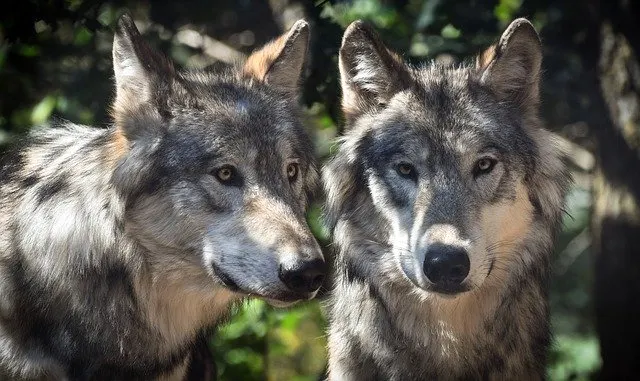Wolves, the iconic predators of Europe, have been staging a remarkable comeback after centuries of harsh persecution. In just the past ten years, their presence has grown by over 25% across the continent. However, in 2023, the spotlight turned to these canids due to a controversial statement by Ursula von der Leyen, the President of the European Commission. She raised concerns about the concentration of wolf packs in some European regions, posing a potential threat to livestock and even humans, urging local and national authorities to take action.
The Political Arena of Wolf Conservation
But the question remains: What is the right action to take? Recent decisions by EU member states show a lack of consensus. For instance, the Swiss Senate relaxed restrictions on culling their roughly 200 wolves to protect free-roaming livestock in the Alps. In contrast, Spain, home to over 2,000 wolves and extensive livestock grazing systems, adopted a different approach.
Spain’s approach is driven by political dynamics. The left-wing government, supported by pro-wolf advocacy groups, proposed strict wolf protection in 2016. Spain’s right-wing parties, appealing to rural voters, opposed it. The government endorsed the protection, citing scientific, ecological, and cultural value, but this is subjective. The criteria used don’t always consider potential impacts on pastoral farming systems.
The wolf’s conservation status also plays a role. A favorable status allows hunting in some cases. Discord among conservationists arises from the criteria and data used to establish this status.
To achieve harmony between wolf protection and pastoral landscapes, a reevaluation of decision-making processes and stakeholder involvement is crucial. The key to sustainable coexistence isn’t just about protection or culling, but about inclusive and context-sensitive decision-making. Balancing diverse interests is essential.
FAQs
- What triggered the resurgence of wolves in Europe? They have been making a comeback after centuries of persecution due to protective measures and changing attitudes towards conservation.
- What are the three distinct views of coexistence with wolves in Spain? Spain presents three perspectives on wolf coexistence: “Traditionalists” who emphasize pastoral activities, “Protectionists” who focus on minimal human influence, and “Pragmatists” who seek to balance the needs of various groups.
- Why is the resurgence of wolves and wolf protection a deeply political issue in Europe? The divergent views on coexistence and the impact of wolf protection measures have transformed wolf conservation into a political battleground in many European countries.
- How do differing views on the wolf’s conservation status impact protection measures? Disagreements regarding the criteria and data used to assess the wolf’s conservation status influence the stringency of protection measures, leading to varied approaches in different countries.
- What is the key to sustainable coexistence with wolves? Sustainable coexistence depends on how decisions are made, considering the needs and opinions of all stakeholders rather than solely focusing on protection or culling.
Spain’s approach offers insights into the complex and political nature of wolf coexistence in Europe. The “how” of decision-making, including democratic and inclusive processes, is crucial for sustainable coexistence between people and wolves.
Did You Know That Wolves Like Blueberries?
Moose Stands Against A Pack Of Wolves
Pack of Wolves vs. Grizzly Bear
Join our Forum for free today!

- The Kleptomaniac Cat That Rules Houston - July 20, 2024
- Elephant Makes a Lifelong Friend at Sanctuary in Tennessee - July 14, 2024
- Evidence For World’s Oldest Fossilized Forest Discovered in New York - July 11, 2024

